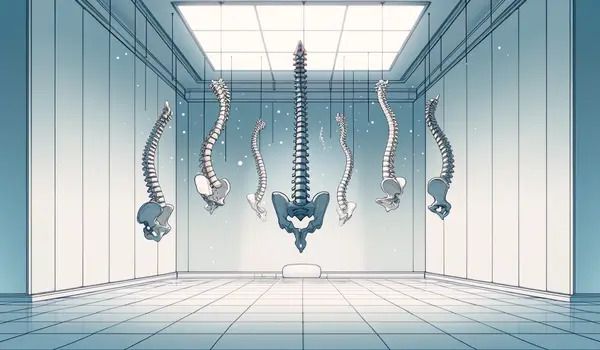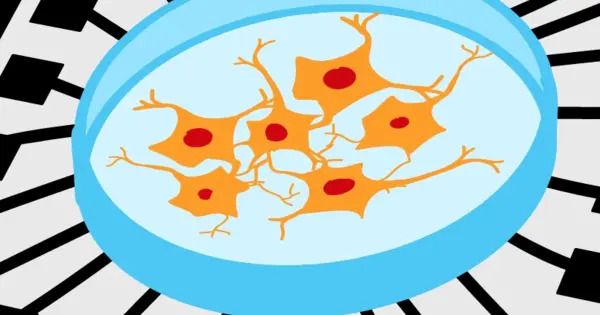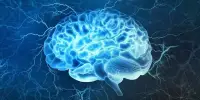Aya Takeoka of the RIKEN Center for Brain Science (CBS) in Japan and colleagues uncovered the neuronal circuitry in the spinal cord that enables brain-independent movement learning. The study, published in Science, identified two essential groups of spinal cord neurons: one for new adaptive learning and another for recalling previously taught adaptations. The findings may help scientists identify methods to aid motor rehabilitation following spinal cord injury.
Scientists have known for a long time that motor output from the spinal cord may be altered via experience even without a brain. This has been most clearly demonstrated in headless insects, whose legs can still be trained to ignore external stimuli. Until now, no one has figured out how this is possible, and without that explanation, the phenomena is little more than a curious fact.
According to Takeoka: “Gaining insights into the underlying mechanism is essential if we want to understand the foundations of movement automaticity in healthy people and use this knowledge to improve recovery after spinal cord injury.”
Gaining insights into the underlying mechanism is essential if we want to understand the foundations of movement automaticity in healthy people and use this knowledge to improve recovery after spinal cord injury.
Aya Takeoka
Before delving into neural circuitry, the researchers created an experimental setting that allowed them to analyze mice spinal cord adaptation, including learning and recall, without using the brain. Each test included an experimental mouse and a control mouse whose hindlegs dangled freely. If the experimental mouse’s hindleg drooped too much, it was electrically stimulated, resembling something a mouse would want to avoid. The control mouse received the same stimulation at the same time, but not in relation to its own hindleg position.
After barely 10 minutes, scientists noticed motor learning exclusively in the experimental mice, whose legs remained high up, avoiding any electrical stimulation. This finding demonstrated that the spinal cord can correlate an unpleasant feeling with leg position and alter its motor output so that the leg avoids the unpleasant sensation, all without the need for a brain. Twenty-four hours later, they performed the 10-minute test but switched the experimental and control mice. The initial experimental mice maintained their legs up, showing that the spinal cord retained a memory of the previous event, which interfered with future learning.

After establishing immediate learning and memory in the spinal cord, the researchers investigated the neuronal architecture that enables both. They employed six distinct types of transgenic mice, each with a different group of spinal neurons damaged, to evaluate motor learning and learning reversal. They discovered that mouse hindlimbs did not adjust to electrical shocks after neurons near the top of the spinal cord were damaged, particularly those expressing the gene Ptf1a.
When they looked at the mice during learning reversal, they discovered that suppressing Ptf1a-expressing neurons had no effect. Instead, a group of neurons in the lower, ventral region of the spinal cord that express the En1 gene proved essential. When these neurons were turned off the day after learning avoidance, the spinal cords behaved as if they had never learned anything. The researchers also tested memory recall on the second day by recreating the initial learning conditions. They discovered that wildtype mice’s hindlimbs stabilized and reached the avoidance stance faster than on the first day, demonstrating memory. Exciting the En1 neurons during recollection increased the speed by 80%, showing better motor recall.
“Not only do these results challenge the prevailing notion that motor learning and memory are solely confined to brain circuits,” says Takeoka, “but we showed that we could manipulate spinal cord motor recall, which has implications for therapies designed to improve recovery after spinal cord damage.”
















